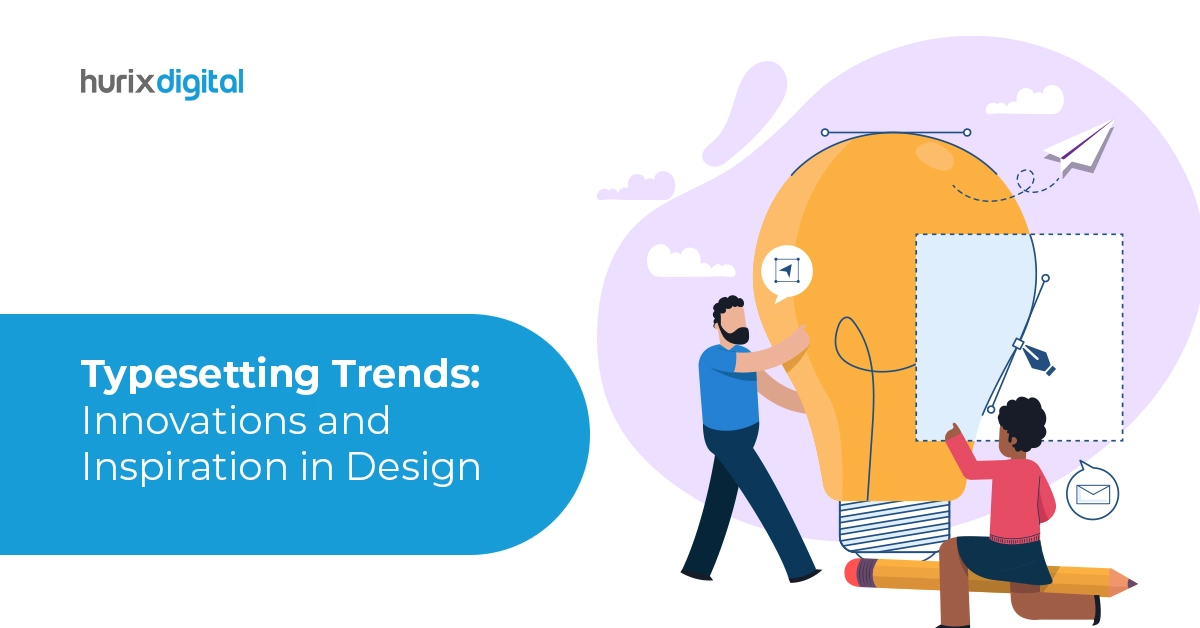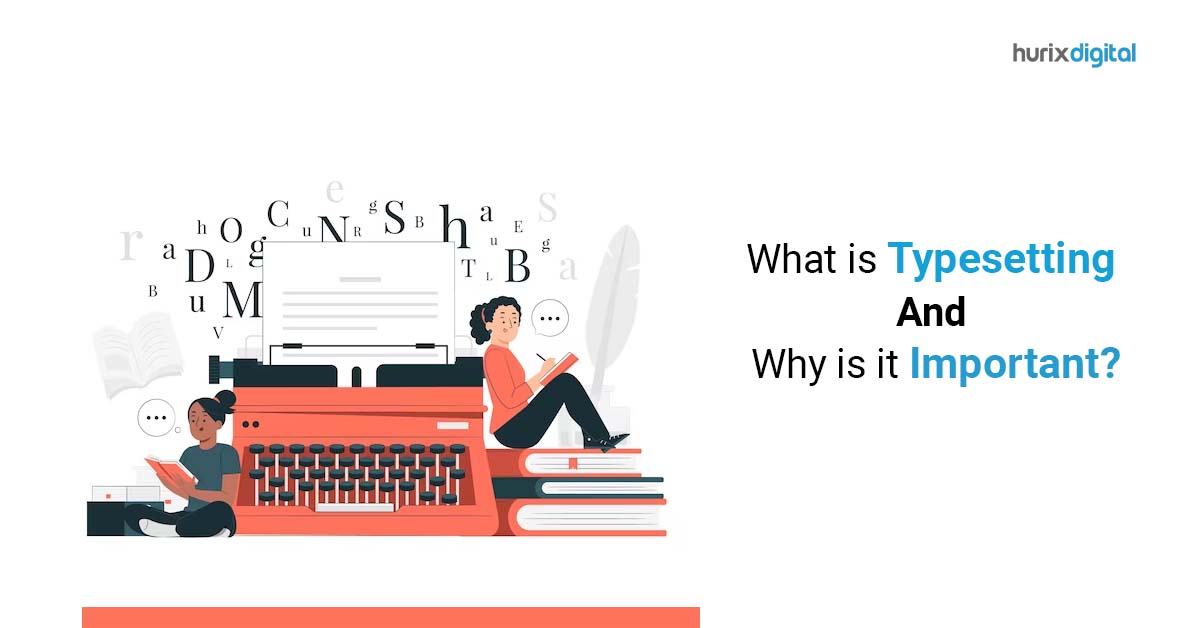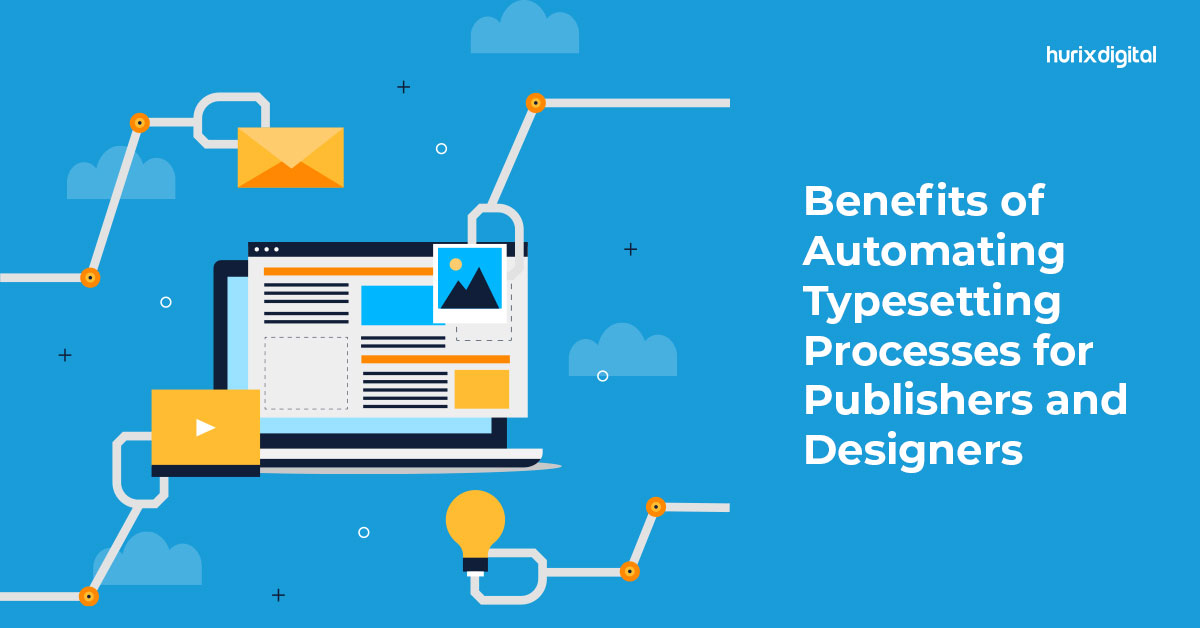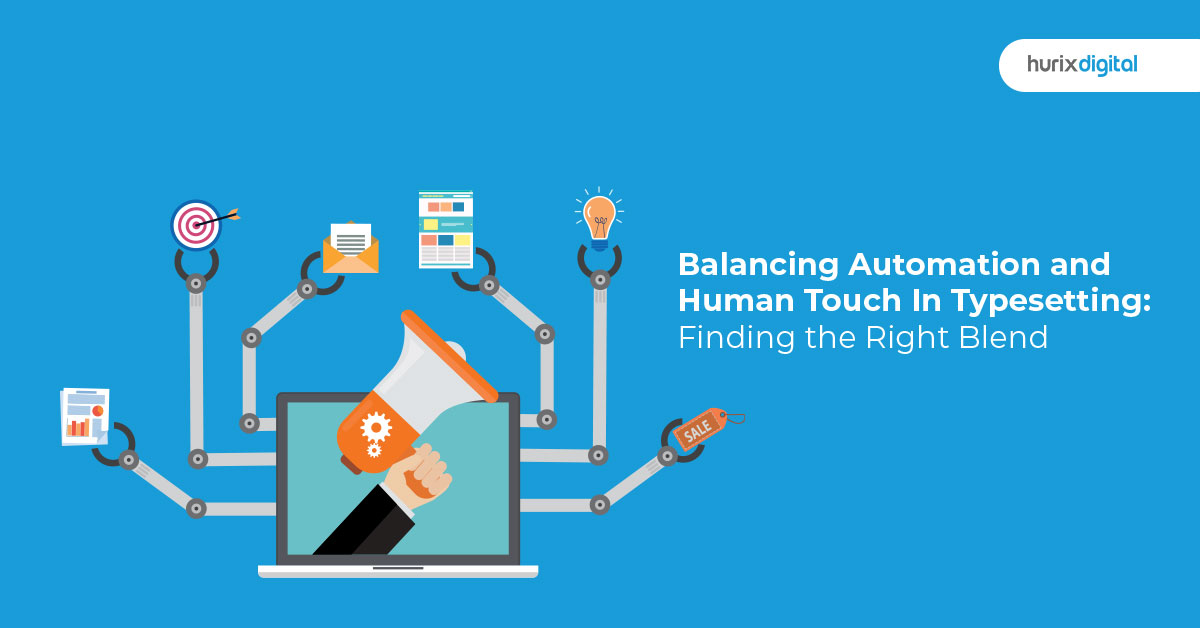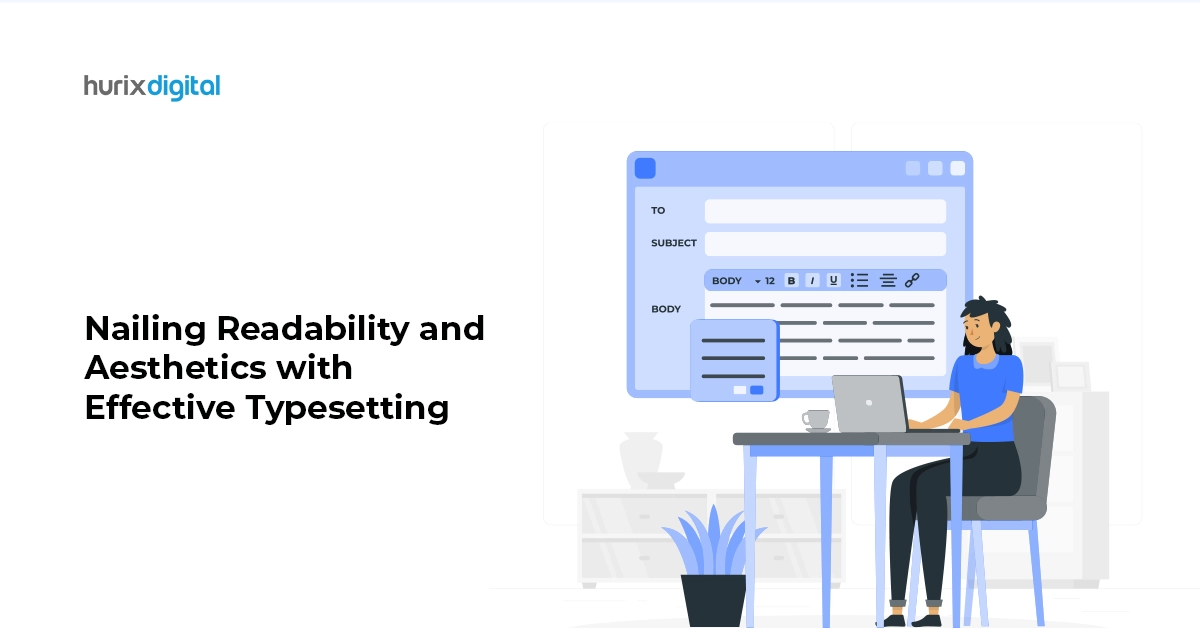
Nailing Readability and Aesthetics with Effective Typesetting
Content quality, delivery methods, and aesthetics rank top among all the aspects that get you excellent website traction. While content quality is right up your alley and delivery methods are based on your content niche, aesthetics could kickstart and tremendously enhance user engagement and interest.
While beauty is in the eye of the beholder, typesetting is the part of aesthetics that can help transform the appeal and lure of content. This blog will take you through an introduction to typesetting, its impact on content, and best practices to help you unlock the potential of typesetting, so let’s dive right in!
Table of Contents:
- Typesetting: The Foundation of Design
- Elements of Typesetting That Transform Content Appeal
- Effective Typesetting Tricks You Must Remember
- Rejuvenating Your Content Quality
Typesetting: The Foundation of Design
Typesetting is the practice and fundamental aspect of content design founded on arrangement. With a critical understanding of fonts, line spacing, font sizes, and much more, typesetting involves arranging the content of all formats in the most optimal manner.
Despite the many years of typography evolution, It is still often recognized as one of the most challenging yet crucial parts of graphic design. It has the potential to either weave a reader’s flow of thought together or break it down completely.
Also Read: The Latest Trends in Prepress Services: What You Need to Know
Elements of Typesetting That Transform Content Appeal
Despite the many graphic design trends, typesetting silently and unchangingly carries a great deal of weightage.
To better explain how much ripple typesetting can create in the process of enhancing your content’s appeal and readability, here are the elements of typesetting that deliver its transformative power,
1. Aiding a Visual Story With Font Dynamics
The font dynamics of typesetting have the power to help tell a story. With the ideal font size and format, the weightage of each line and even the right pairing of different fonts help communicate the tone of your content.
Through thoughtful typeface selection, font dynamics have the potential to add depth and intent to each word, guiding the reader through a more engaging and visual narrative. In dynamic animations on web pages, a responsive design heavily depends on font dynamics to grab a viewer’s attention.
2. Developing a Thought Train With Hierarchy and Focus
Structure is a crucial element that helps a reader navigate through content. Typesetting also includes organizing content and giving it shape and a visual hierarchy. This facilitates controlling a narrative and maintains a clear train of thought while reading content.
Effective typesetting gives the readers an uninterrupted and focused experience with the piece. This power of typesetting helps to keep the context and content on point.
3. Easing Content Readability With Mastery of Spacing
Keeping your eyes scrunched while reading content is the quickest way to get a headache. Typesetting includes the text alignment between lines and even words. The result from a survey sheds quite some light on the impact of text alignment on readability and also reading accuracy.
Thoughtful and deliberate line spacing tremendously eases the readability and avoids visual clutter, while kerning – the adjustment of space between letters and words- gives the content a balance and visual appeal.
4. Alluring Viewers With the Perfect Layout
Typesetting plays a massive role in a brand’s theme amidst the many layout innovations that continue to grow based on user preferences. The right layout lures viewers and boosts web traffic.
Typesetting is more or less an art form of its own, capable of creating a harmonious experience, elevating aesthetic appeal, and preventing visual fatigue. Page layout delves into the nitty-gritty of the ideal column width and margins and the more prominent aspects, such as content arrangement and purposeful white space.
5. Maintaining the Engagement Through Color Theory
It is a known fact that colors have the potential to calm or excite. With effective typesetting, the ideal color palette, contrast, and legibility can invigorate readers while they experience the content.
Typesetting also involves the creative use of color as it can highlight and focus on information and evoke specific atmospheres. Its careful management improves readability and helps the content get through to its readers by visually striking and engaging.
Effective Typesetting Tricks You Must Remember
With each element of typesetting holding so much potential, it’s crucial to have the right blend of tricks under your belt to boost the aesthetics and readability of your content!
Here are practices packed with typography principles that enhance the visual appeal of your content:
1. The Right Font Pairings
Choose fonts that are complementary to each other. Font pairing is instrumental in conveying the intended tone of the message and keeping your reader’s engagement high with your content.
2. Crisp and Clear Hierarchy
Communicate the structure of your piece clearly with uniform use of font size, weight, and style. Guide your readers to grasp essential information seamlessly through appropriate headings, subheadings, and text.
3. Space Your Content
Fine-tune line spacing and kerning to ease readability and deliver professional content. Amongst most designers, the ideal line spacing for readability is between 1.3-1.5.
4. Maintain Your Page Layout
Ensure your layout is consistent across pages and aligned with your brand theme. It is also important to understand that your canvas differs and space changes when deciding between print vs. digital typesetting. With the help of uniformity, the page layout can prevent readers from getting distracted.
5. Control Your Appeal with Colour Pallets
Based on your content, intent, and messaging, select a color pairing that suits your brand and message the best. For example, when emphasizing content and minimalism, monochrome themes with high contrast fit best; if your messaging is environmental, earthy tones like brown, yellow, and green help.
Check out EXCLUSIVE: Hurix Mini-Book: PrePress Tips You Won’t Find Anywhere Else
Rejuvenating Your Content Quality
If there’s one thing you took away from this blog, it is that typesetting is a fundamental and transformative part of content design. From the most minute visual aspects like font and line spacing to ones like page layout and color schemes focused on striking and captivating, typesetting is a vast field and quite crucial to get right.
Though nailing it is one of the most challenging aspects of graphic design, branding, and communication lies in the hands of typesetting. That is precisely when you need the right team at your side to manage it seamlessly.
You can rely on our team at Hurix Digital to help you get started on effective design solutions tailored for you. So let’s get started, don’t hesitate to contact us now!

Vice President – Digital Content Transformation. He is PMP, CSM, and CPACC certified and has 20+ years of experience in Project Management, Delivery Management, and managing the Offshore Development Centre (ODC).





